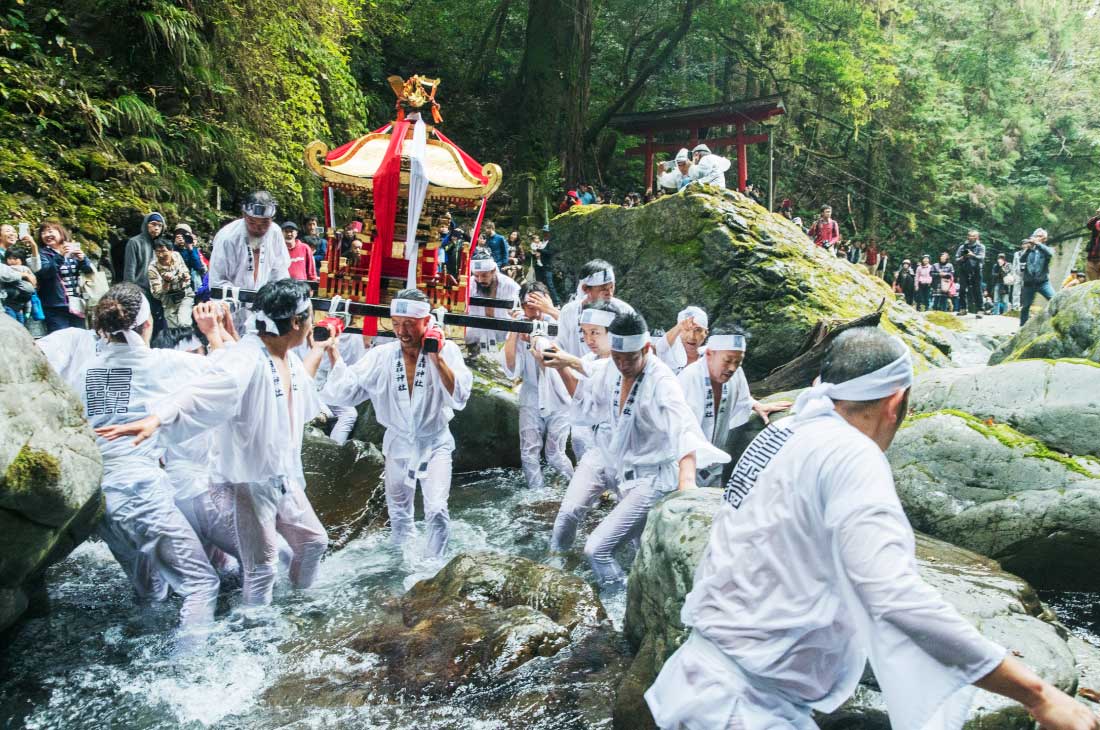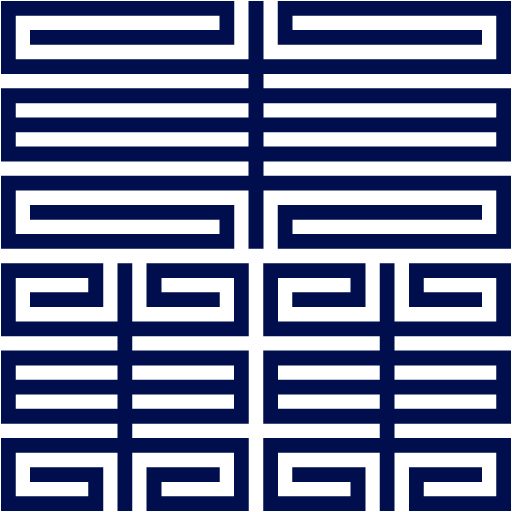History of Todoroki Shrine
Even before Todoroki Shrine was built, the waterfall was worshipped by people from neighboring regions as well as from far away. It has been said that Iemasa Hachisuka, the first lord of the Awa Clan, prayed to the shrine for safety at sea during the invasion of Korea. The shrine was built around 1591. Although the exact year is not known, the fact that the feudal lord came all the way from afar to visit the shrine so soon after its construction suggests that the belief in this waterfall had taken root at least in the Awa Clan.
The Hachisuka clan, together with indigo merchants, expanded the distribution of Awa indigo throughout the country and developed it into a major industry worth 500,000 koku. As this distribution was made possible by the shipping industry, shipbuilders treasured lumber from Kaifu. The influential people of Kaifu at that time contributed greatly to the promotion of culture such as Awa indigo and Awa Dance, and the development of the clan through forestry. It might be said that Awa Kaifu was an essential region in Japan.
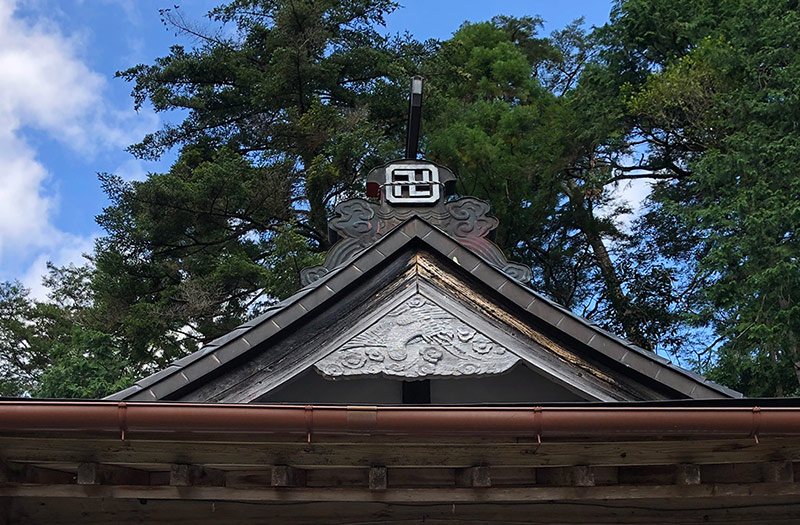
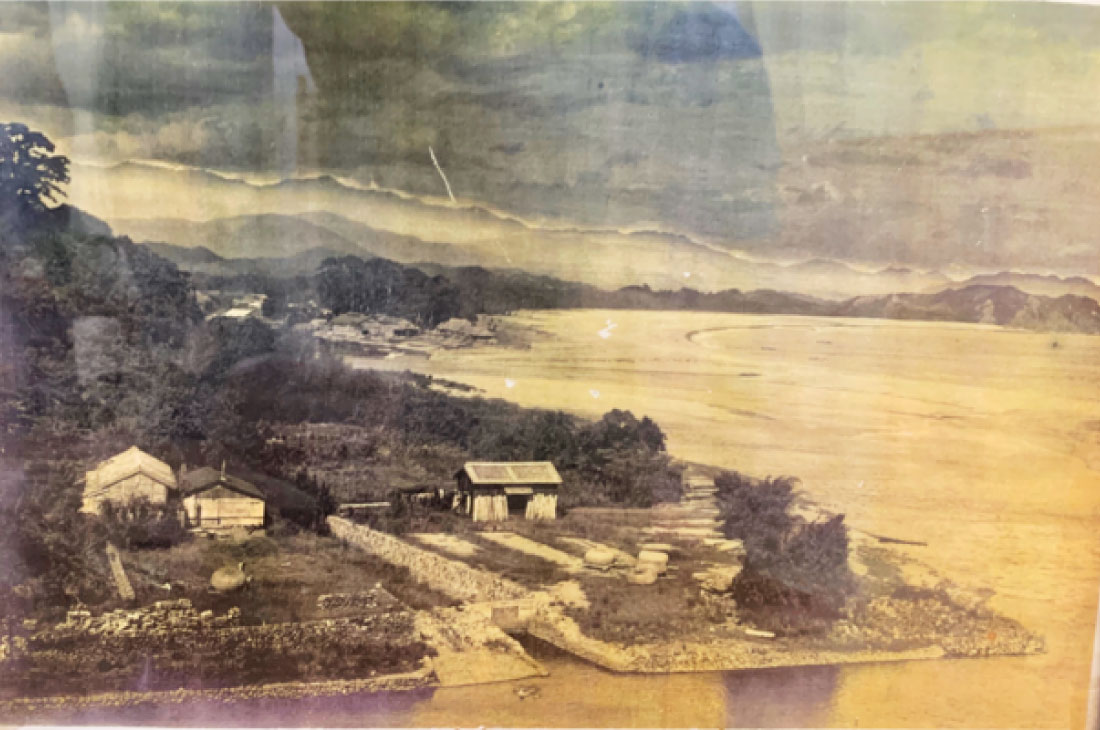
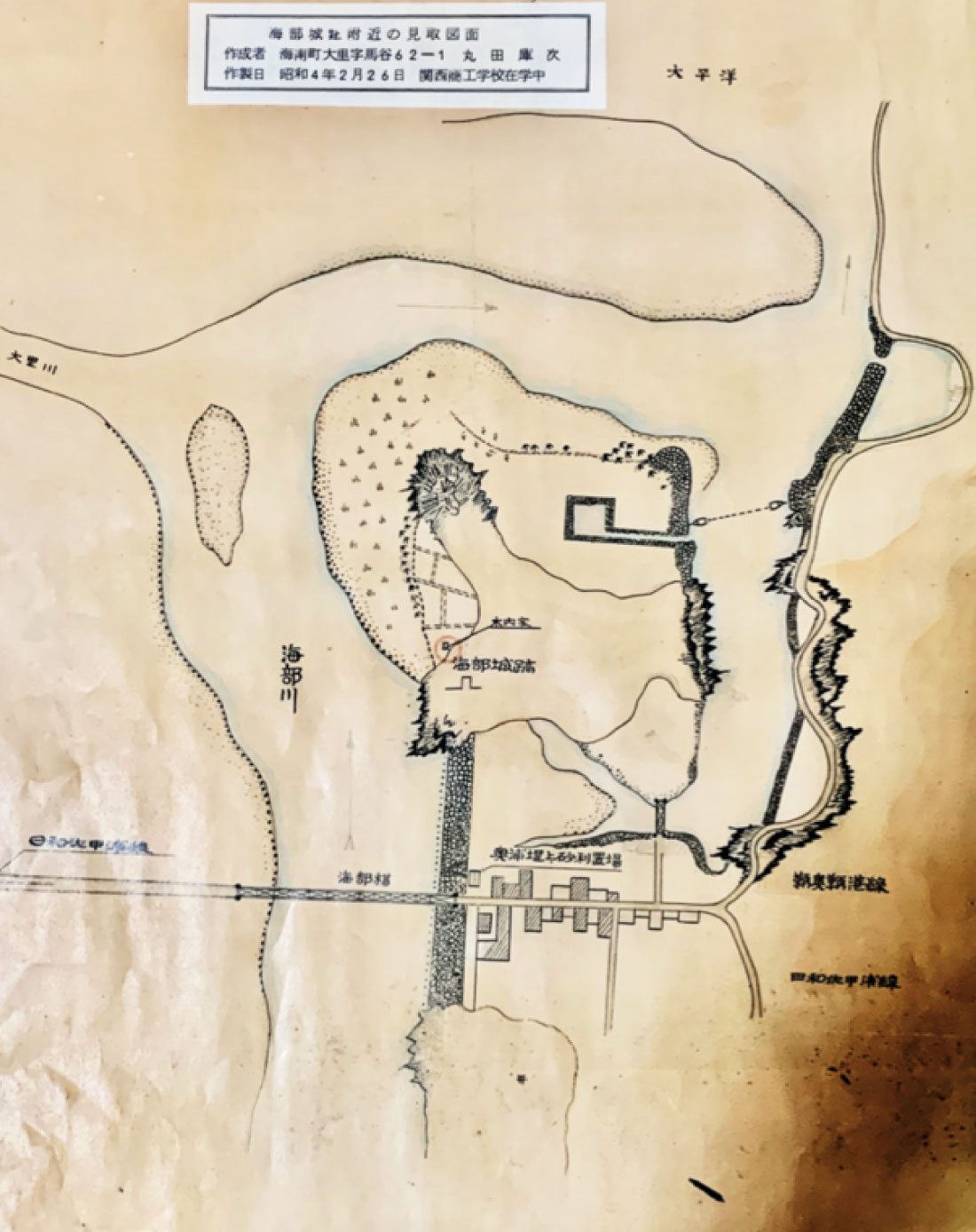
The local economy of Kaifu is supported by industries that benefit from water, such as forestry, fisheries, shipping, and agriculture. The Todoroki Waterfall, at the source of water in Kaifu, and Todoroki Shrine, which enshrines the god of water, were devoutly worshipped by the local people. It is also recorded that there were believers not only from the Kaifu area but also from as far away as Miyagi and Kagoshima. Kochi, Hiroshima, Wakayama, Hyogo and other areas also had many believers, suggesting that Todoroki Shrine was a spiritual cornerstone that supported Japan’s fishing and shipping industries.
